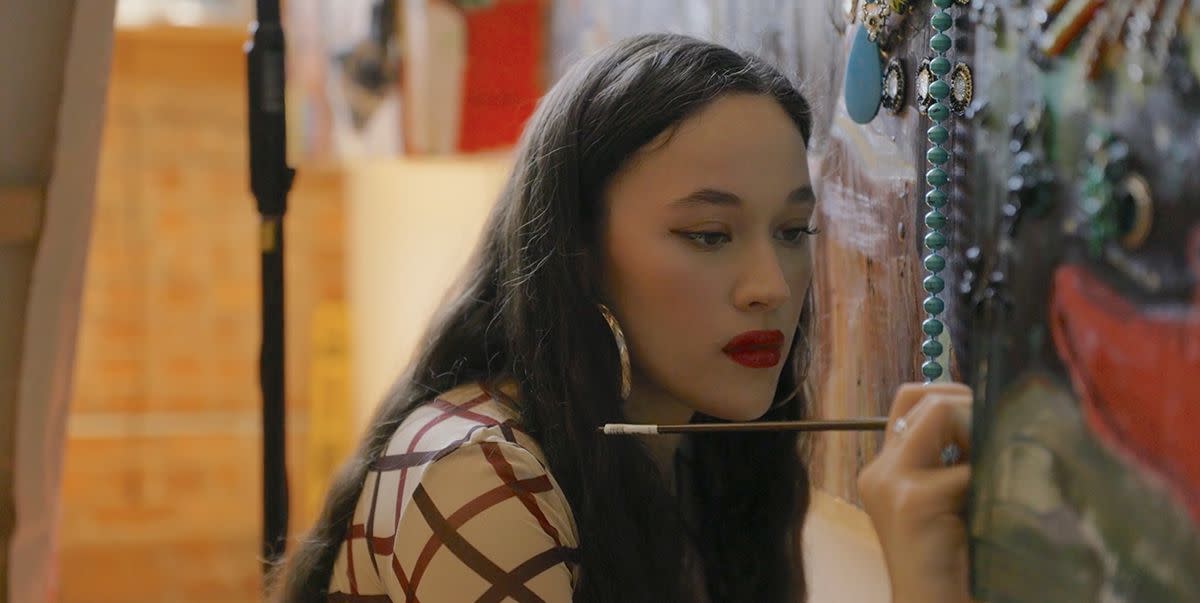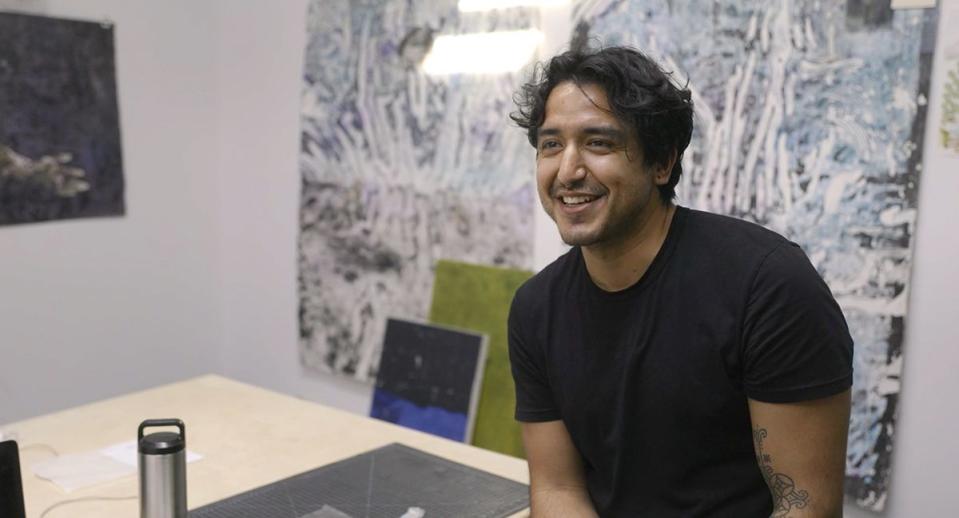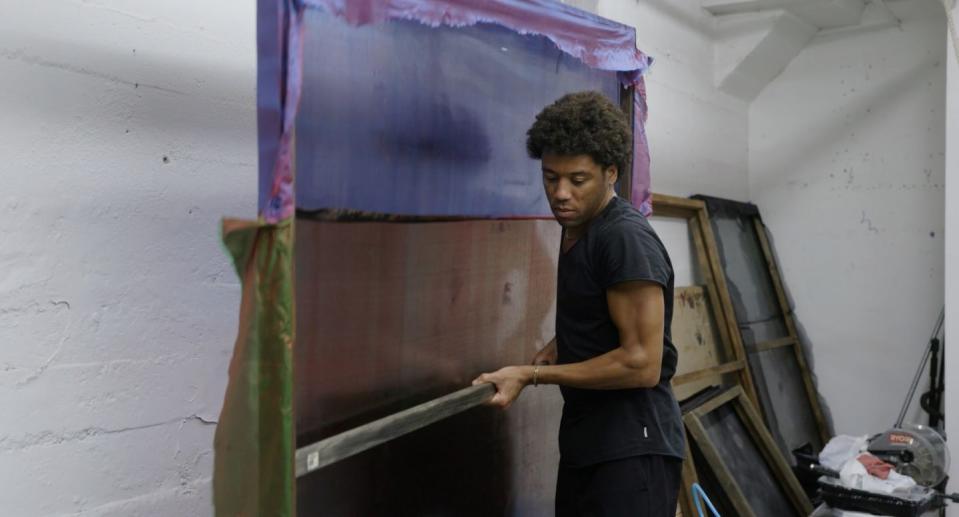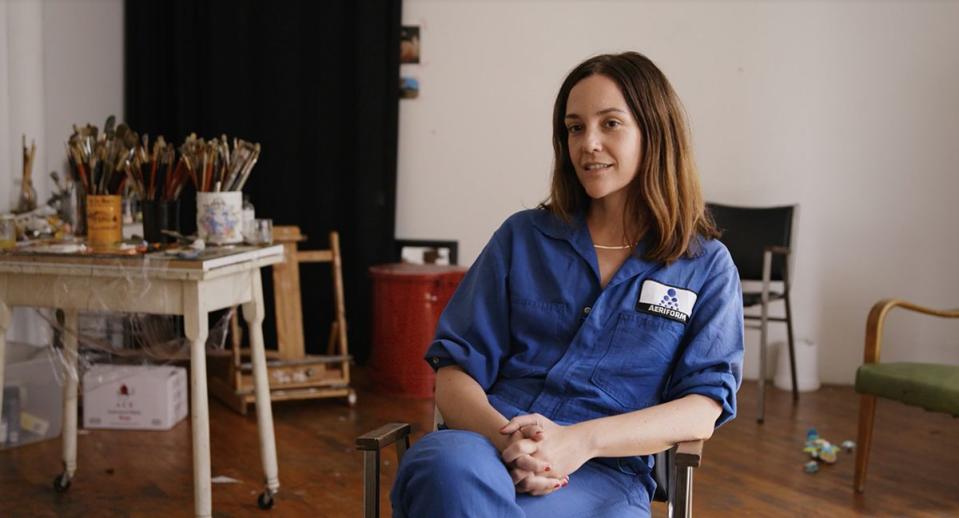How Does the Art World Really Work?

"Hearst Magazines and Yahoo may earn commission or revenue on some items through the links below."
The art world, Debi Wisch explains, is “a wonderful combination of magical and maddening.” That’s abundantly clear watching the new documentary The Art of Making It, directed by Kelcey Edwards and produced by Wisch (and streaming now on Amazon Prime), which looks at the ways up and coming artists navigate the field’s uncharted waters—and why some find success and others never quite make it.
STREAM THE ART OF MAKING IT NOW
It isn’t Wisch’s first time exploring the inner workings of the industry. She was a producer of the Emmy-nominated 2018 documentary The Price of Everything, which looked at how the world’s most successful artists and galleries operate, but this new film speaks to not just her deep interested in the business of culture, but also her fascination with the world of higher education; “this was,” Wisch tells T&C, a passion project of the highest order.”
Here, the producer recalls how the film came together and why it feels so vitally important today.

This movie follows young artists as they attempt to find their way in a confusing, overwhelming industry. What made the topic right for a documentary?
I had always wanted to make a film about the contemporary art world; it’s fascinating and really is the last unregulated global market. In 2018, I made The Price of Everything, which explored the art world from the treetops and looked at the relationship between art and money. I’ve always been fascinated by art schools, what they teach, and whether anyone really needs to go. What do those educations do and mean? This film emanated from a desire to figure out what the secret sauce is that anoints some and leaves others struggling to survive.
How do you start doing that?
Kelcey Edwards was originally going to make a film about a student art fair, but for a number of reasons that fell apart. We had started filming with the curator James Solomon and Sebastian Errazuriz, who’s an art star, so when the fair fell apart we just continued. The heart of the film is the young artists who share their stories.

There’s also that quality of all these people knowing what they’re up against…
And still choosing to do it? What I’ve found among the world’s most successful artists and students in art school alike is that they can’t imagine doing anything else.
The film explores the idea of luck and whether or not it’s impacted by the things—like MFA programs—that young artists are supposed to do. Were you surprised by what you uncovered?
I believe in higher education. I think education is really important, but I thought for artists that it was less important when we started—that either you can either paint or you can’t. But what artists get in these MFA programs is a chance to learn about rejection and criticism. What all the artists in the film tell us is that you also get a community, support, and colleagues. In a profession that can see you sitting in a studio alone, you really need that network of incredible people who are in it with you.

When you began making the movie, you didn’t know how the art world would look today. Are there any threads from the film that feel particularly prescient?
It’s important to underscore the value that artists—visual artists, but also dancers, singers, or actors—bring to our world. People might say art is frivolous, but it transforms us. It’s sad that being an artist is so difficult. For people collecting at a high level, I hope the film opens their eyes to the struggles of younger artists and the wellbeing of the maker. There’s a romantic ideal about the starving artist, but it’s not really that romantic.
Did making this movie change the way you view art?
Making this film changed me a lot, especially became we made the film against the backdrop of a pandemic. We were 80% done with filming when Covid hit and then we had to regroup. We were in Los Angeles filming on March 12, 2020, and our shoot the next day was cancelled, and we realized that the story we wanted to tell was forever changed. We had to include this seismic shift. Doing this made me have more empathy for artists and people who persevere.
You Might Also Like

